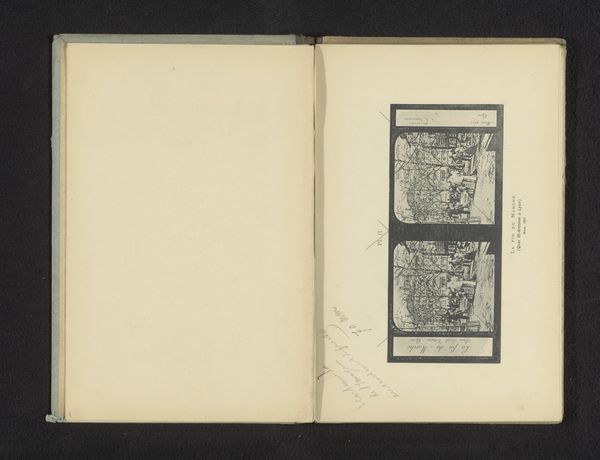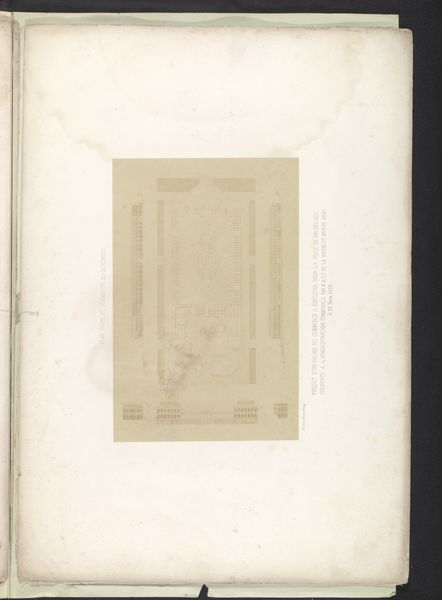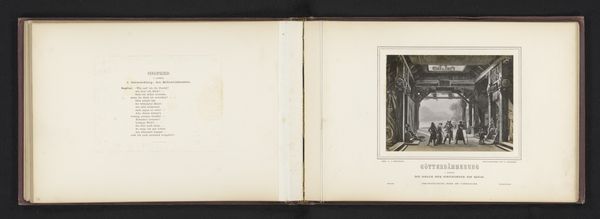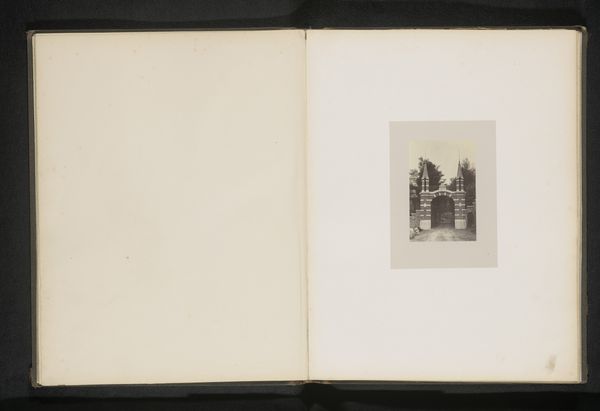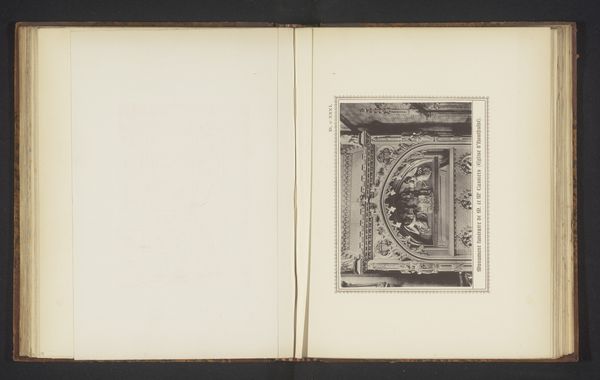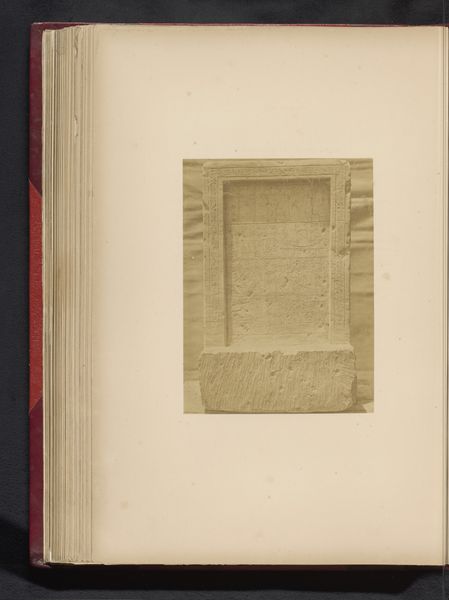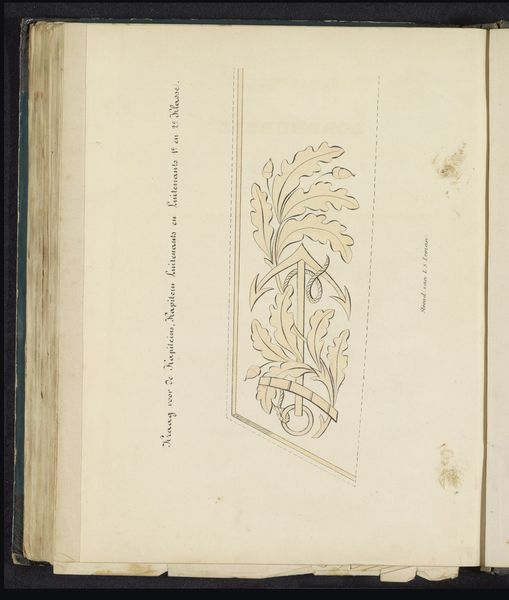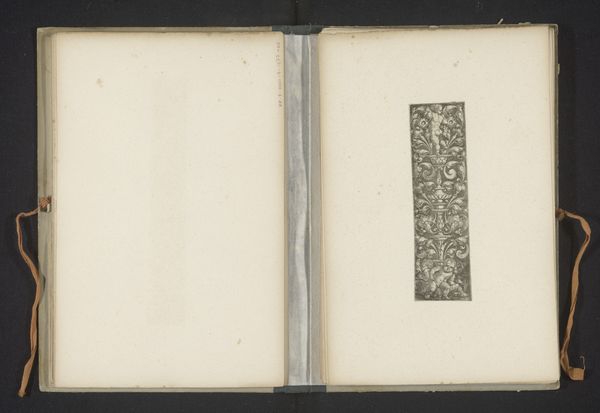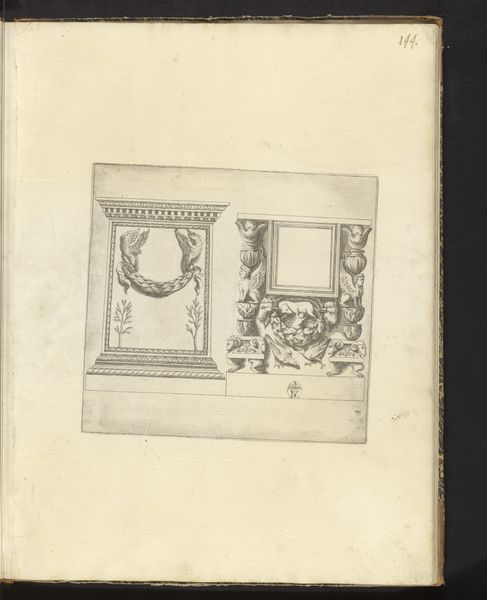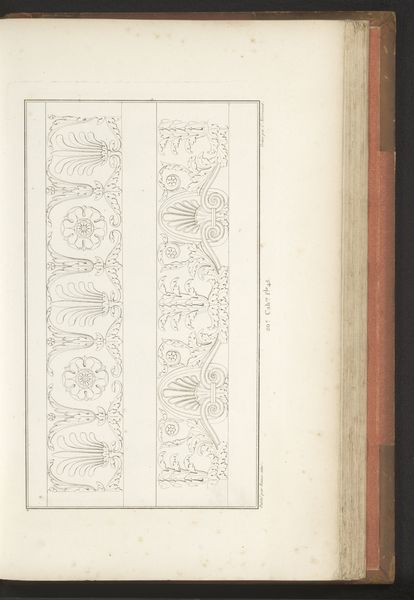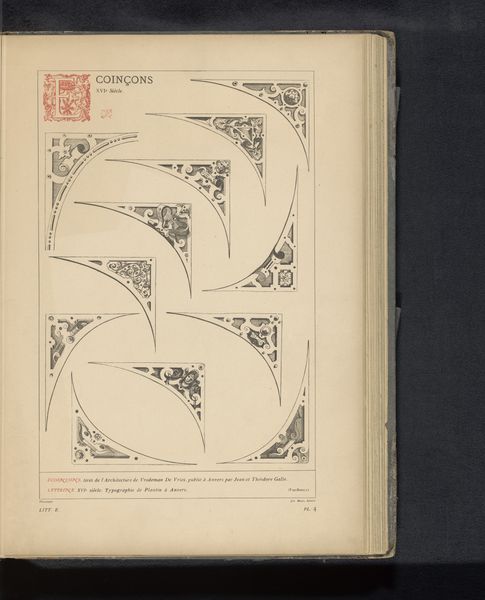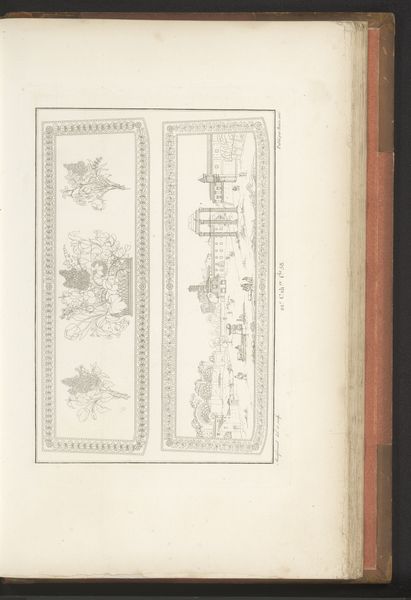
Borduursel op het uniform van apothekers van de Geneeskundige Dienst, 1845 1845
0:00
0:00
drawing, ink, pencil
#
portrait
#
drawing
#
ink
#
geometric
#
pencil
#
line
#
history-painting
#
academic-art
Dimensions: height 270 mm, width 200 mm
Copyright: Rijks Museum: Open Domain
Curator: Here we have a detailed drawing, executed in pencil and ink, titled "Borduursel op het uniform van apothekers van de Geneeskundige Dienst, 1845," or, in English, "Embroidery on the uniform of pharmacists of the Medical Service, 1845." It’s currently held in the Rijksmuseum. Editor: It has a rather austere and official mood; a bit cold, wouldn't you say? I find the crisp lines and the restrained color palette create a sense of formality. It’s almost clinical. Curator: Indeed. Focusing on the compositional elements, we see a precise rendering of what appears to be designs for embroidered insignia. Note the calculated geometry. Observe, for instance, the measured symmetry and rhythmic repetition of the leaf-like forms bordering each shape. It adheres rigidly to principles of academic art with that keen sense of proportion. Editor: Those leaf-like forms seem deliberately reminiscent of laurel wreaths, associated with accomplishment and honor. But most striking is the rod entwined by a serpent—a powerful and ubiquitous symbol. It's clearly the Rod of Asclepius, strongly linked to healing and medicine. Its inclusion underscores the role and importance of pharmacists within the medical service at that time. The snake also evokes ideas of knowledge and wisdom too. Curator: A relevant observation. From a structural point of view, notice how that central motif disrupts what would otherwise be unyielding geometric abstraction. The artist, Willem Charles Magnenat, has created tension, a kind of visual friction by contrasting those relatively organic, serpentine lines against the hard-edged, geometric elements. The artist knew the symbolic language and leveraged that tension quite brilliantly. Editor: Absolutely. And those repeating, stylized "leaves" are also visually sharp and angular, almost like stylized thorns; while the caduceus typically brings ideas of salvation or care, there is an underlying severity to this rendering. The uniform wasn't merely apparel; it communicated something very specific about rank and social standing. And potentially power. Curator: I concur entirely. Ultimately, this piece effectively demonstrates the artist’s command of form, balance and careful consideration in application to function. A fascinating example of 19th-century design. Editor: Yes, a very potent blend of symbolism and state authority enshrined within a small detail from the past. A powerful reflection on what even attire can convey.
Comments
No comments
Be the first to comment and join the conversation on the ultimate creative platform.
